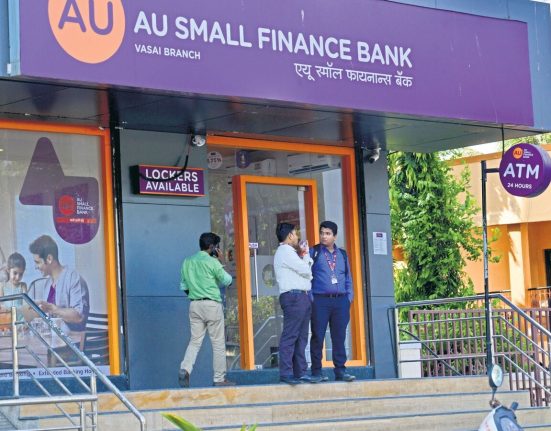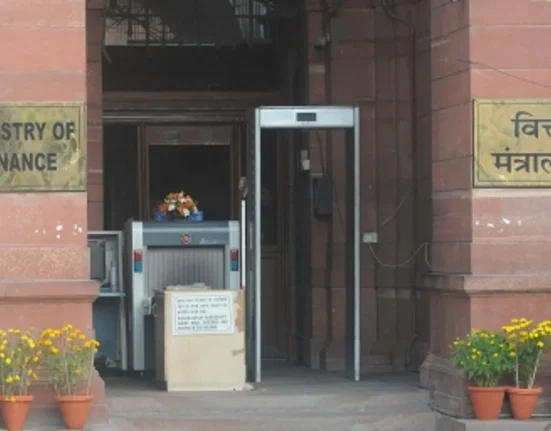According to the central bank, these changes are expected to lead to a 600 basis point improvement in the aggregate LCR for the banking sector.
Additionally, the new LCR requirements will be implemented from April 1, 2026 (from the earlier deadline of April 1, 2025), giving banks ample time to adapt.
Global brokerage firm Morgan Stanley sees this as a material positive unlike the draft and believes it should help improve the system LCR by 6 percentage points.
The brokerage also mentioned that banks with a higher share of trust deposits, data for which is not publicly available, are likely to be the key beneficiaries.
Overall, the guidelines are expected to provide banks with more ammunition for growth and support margin improvement.
HSBC believes the final LCR guidelines are substantially positive for all banks, especially those with higher outflow rates. This could release about Rs 2.2 lakh crore in balance sheet liquidity across banks, add to loan, deposit growth, and be net interest margin (NIM) accretive.
These guidelines also indicate that, for banks, regulatory environment should be quite benign going forward.
Jefferies wrote in its note that the RBI has eased LCR norms, compared to both the original and draft versions. Key changes include —
– A reduction in the assumed outflow rate for deposits from trusts, partnerships, and proprietorships—from 100% to 40%.
– A lower run-off rate for digital deposits compared to the initial draft (currently set at zero).
– A tighter valuation approach for government securities (G-Secs).
According to the RBI, these changes will release an additional 6 percentage points of liquidity starting April 1, 2026. This translates to ₹3–3.5 lakh crore of liquidity, compared to ₹6–7 lakh crore consumption estimated under the previous draft, resulting in a swing of nearly ₹10 lakh crore.
Jefferies believes these benefits will likely vary across banks, with public sector banks, as well as older and larger private banks, standing to gain more.
Meanwhile, Nuvama said that these guidelines are positive for the banking sector, more so for Kotak Mahindra Bank, IndusInd Bank and Federal Bank.
“Kotak has focused on wholesale deposits recently offering 90 bp higher than peers on the Rs 50-250 million bucket. Even the CD data shows that net CD mobilised in Q4FY25, which is gross CD minus CD maturing, is positive for Kotak/IIB and negative for peers. These banks benefit from lower run-off on wholesale deposits,” it wrote in its note.
The RBI’s final guidelines on LCR provides another boost for banks, just as the sector index hit an all-time high earlier on Monday. Healthy numbers from leaders like ICICI Bank and HDFC Bank — both hitting record highs on Monday — helped push the Nifty Bank Index to an all-time high.







